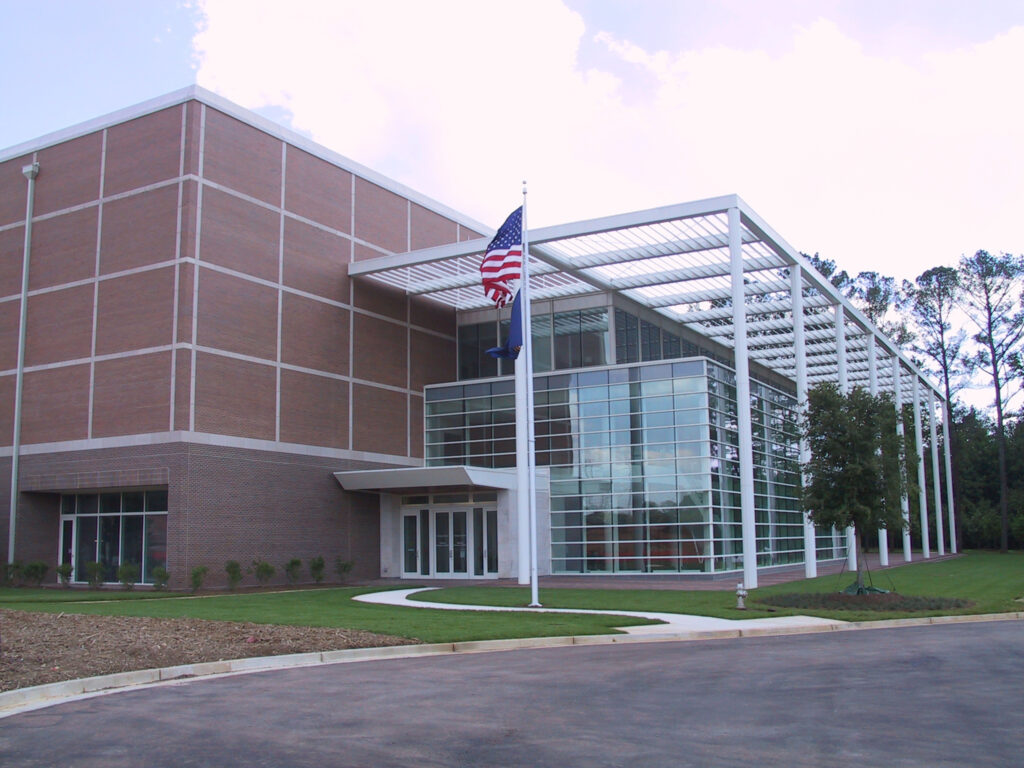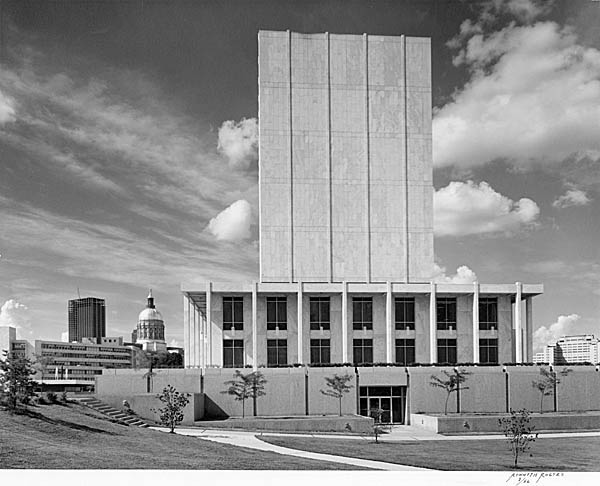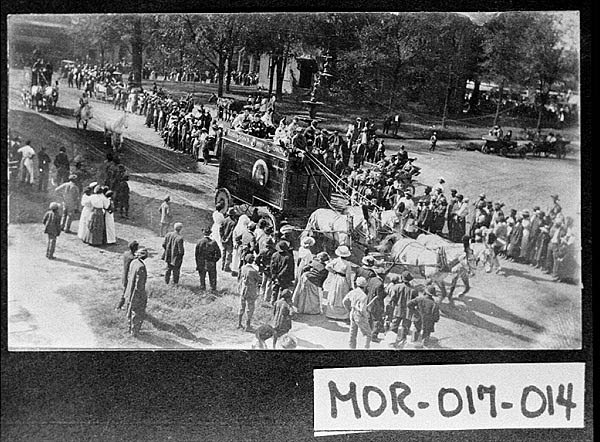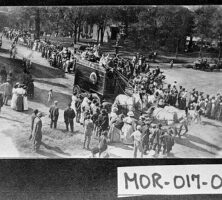The Georgia Archives, formerly a division of the office of the secretary of state, became a unit of the Board of Regents of the University System of Georgia in 2013.

Courtesy of University Financing Foundation
Created in 1918 by the Georgia General Assembly, the institution was originally named the Georgia Department of Archives and History. It was redesignated the Division of Archives and History, with the alternative name Georgia Archives, in 2002. The mission of the archives is to serve state and local governments and the people of Georgia by identifying, selecting, preserving, and making accessible the records that constitute the state’s recorded history; by documenting state government decisions; and by aiding local government to meet open records requirements. In 2009 the archives received the Governor’s Award in the Humanities.
Among the items collected at the archives are colonial and state laws dating to 1755, official records, Civil War records, land records, private manuscripts, and the Vanishing Georgia Project. Highlights of the collection include a rare signature from Button Gwinnett (a signer of the Declaration of Independence from Georgia), a letter from George Washington, and a copy of the royal charter establishing the colony of Georgia in 1732.
Lucian Lamar Knight was the founder and first director of the archives (1919-25). A cousin of journalist Henry W. Grady, Knight was a journalist, ordained Presbyterian minister, and lawyer. For ten years (1892-1902) he worked for the Atlanta Constitution as a reporter and editor, and during this period he researched Georgia history. He was also the associate editor of the Atlanta Georgian from 1908 to 1910, the founder and president of the Georgia Historical Association, and the author of several books on Georgia.
The state’s archives were first housed on the third floor of the state capitol building in Atlanta, a vast improvement over the past, when documents were kept in a basement and occasionally used to light the furnace. In 1930 the archives moved to the A. G. Rhodes house in Atlanta, which was donated by his descendants. During this time the archives faced the challenges of the Great Depression and of keeping up with the preservation of state records. Having long outgrown its space, the archives moved in 1965 to a new building at 330 Capitol Avenue. Critics of the structure described it as a “large ice cube.” Eventually, the archives outgrew this space, too; moreover, because of its proximity to the interstate, the building began to sink from the vibrations of downtown traffic. In 2003 the archives relocated to Morrow.

Courtesy of Georgia Archives.
Over the years, the archives has sponsored several projects aimed at preserving Georgia’s history. Carroll Hart, who was director of the archives from 1964 to 1982, initiated the Vanishing Georgia Project in 1975 to preserve and copy photographs in communities throughout the state. A mobile photo lab visited counties to copy historical pictures from private collections. Approximately 18,000 photographs have been preserved through this project. In addition Hart instituted an annual training program for archivists, and she established the state records management program to preserve government documents.

Courtesy of Georgia Archives.
From the mid-1940s until the mid-1990s, the archives used microfilm to preserve and access copies of records. Current technology enables the archives to scan records and make digital copies more widely accessible. As the archives began to digitize large numbers of records related to the history of Georgia, David Carmicheal, director of the archives from 2000 to 2012, envisioned making such images available through an online database. In 2005 the archives launched Georgia’s Virtual Vault, a database available on the Georgia Archives Web site that includes digital images of maps, photographs, plans, drawings, and other documents.
In addition to its primary mission of preserving state records, the archives offers many other resources and services to Georgia citizens, including lectures, tours, and assistance with family history research. The archives’ holdings of census records, vital records, Civil War military records, and African American resources make it a popular destination for genealogical research, and educators can find help using historical documents in the classroom. The archives’ staff also provides emergency advice for damaged materials and disaster preparedness planning for documents.
The present-day Georgia Archives, located on Jonesboro Road adjacent to Clayton State University in Morrow, is housed in a building that received a 2005 Library Building Award, given by the American Institute of Architects/American Library Association. The four-story structure, completed in 2003, comprises 177,000 cubic feet and is large enough to contain the archives’ holdings, which include 10,000 state and county maps; 20,000 books and periodicals; 30,000 reels of records on microfilm; 100,000 photographs; and 1.5 million land grants and property maps.

Image from Wikimedia
Christopher Davidson was appointed director in 2012.
The southeastern branch of the National Archives and Records Administration is located next door to the archives. The partnership between the Georgia Archives and the National Archives is unique in the nation; genealogists and historians are able to conduct research at both the state and national archives on the same visit.










